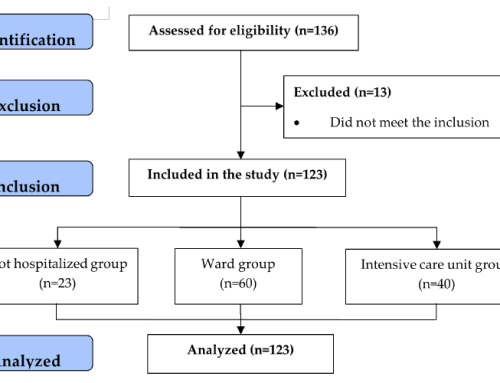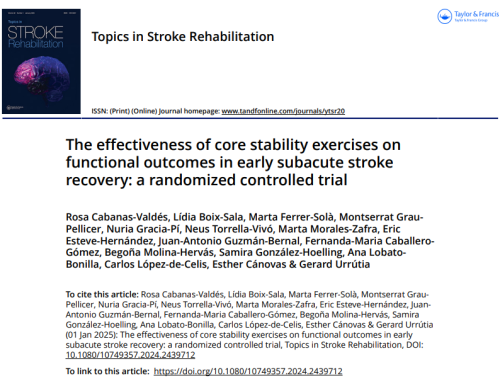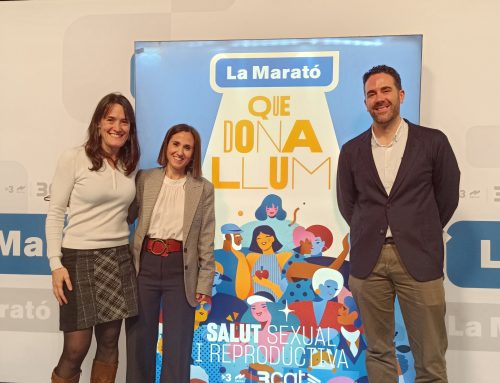Abstract
Ancient written sources show that Roman funerary rituals were relevant along the entire Roman Republic and Empire, as they ensured the protection of deities and the memory of the deceased. Part of these rituals consisted of funerary offerings and banquets that were held on the day of the burial, in festivities and other stipulated days. The faunal remains recovered inside the graves and around them are evidence of these rituals. Therefore, their study can allow us to know if the funerary meals and rituals developed in the Roman necropolis were special and implied food that differed from everyday dietary habits, according to the importance of these rituals. To test this, we analysed the archaeozoological and anthropological material from the necropolis of Vila de Madrid (Barcelona, Catalonia), which was in use between the first half of the 2nd century AD and mid 3rd century AD. The archaeozoological analysis of the faunal remains recovered in the necropolis and inside the graves, as well as carbon and nitrogen stable isotope ratios results on bone collagen from 50 faunal specimens and 41 humans, suggest that, overall, funerary meals in Vila de Madrid necropolis did not imply different food than that consumed during life. Regarding age, sex, offerings and diet, some differences are observed, suggesting that inequalities present in life could have been also present in the funerary rituals.












Leave a Reply